Classic Cars, Movies, Music, and Other Stuff ...
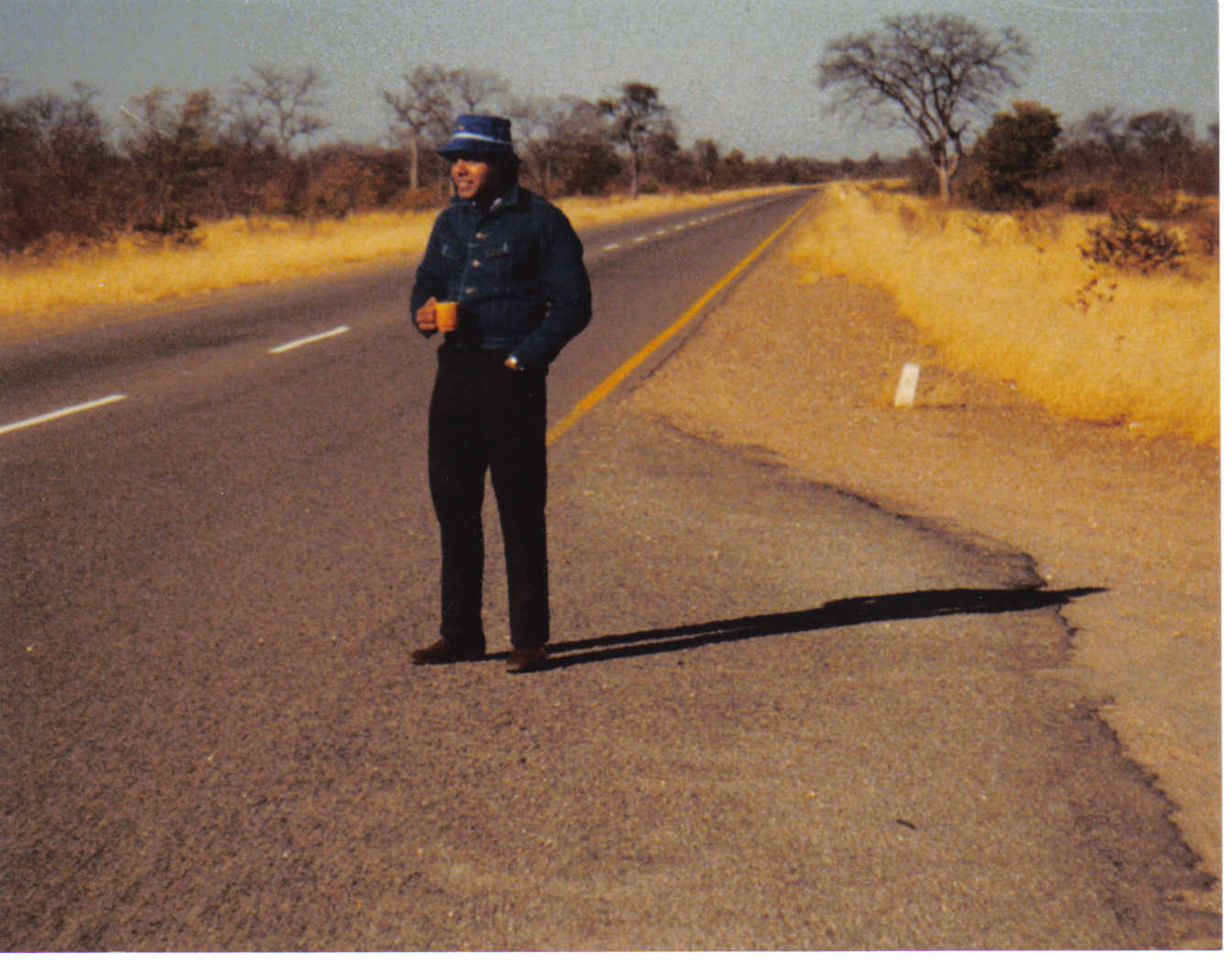
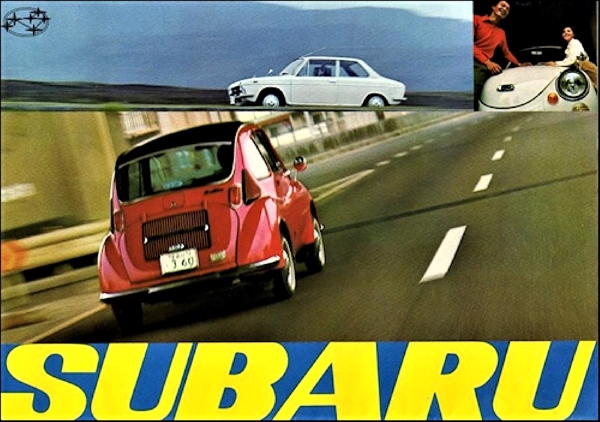
But this was not always the case. Subaru’s origins lie in an environment completely unrelated to automobiles. It starts with the founding of Aircraft Research Laboratory, in 1915, by Japanese naval officer/engineer/politician Chikuhei Nakajima.
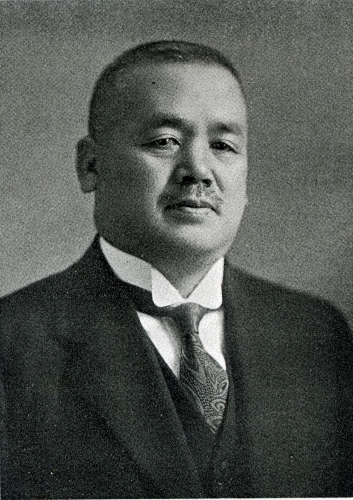
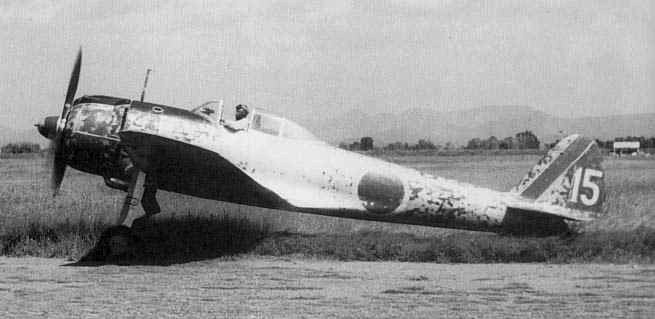
Specializing in aircrafts, by 1917, it is called the Nakajima Aircraft Corporation Ltd.
During WW II, Nakajima Aircraft Corp. supplies planes to Imperial Japan. After the War, it is again reorganized into Fuji Sangyo Co. Ltd.
Many unused parts for aircraft remain available. But Japan is committed to a peaceful path. So, in 1946, the new Fuji Sangyo Co. makes a motor scooter using these available parts. called the Fuji Rabbit.
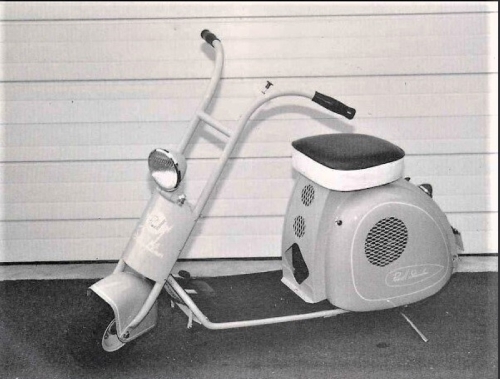
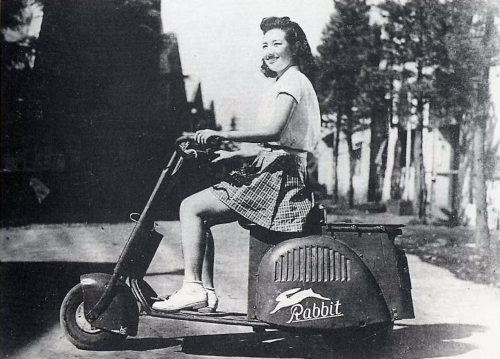
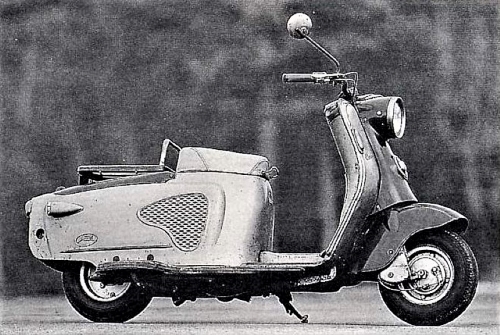
This is the first vehicle made by the predecessor to the current Subaru Corporation. This is developed before the Vespa – a name synonymous with scooters, and inspired from Powell Streamliner used by American servicemen stationed there.
By 1950, further changes are introduced to Japanese businesses, and Fuji Sangyo is broken up into twelve different companies. Five of these come together to form Fuji Heavy Industries, with Kenji Kita as the CEO.
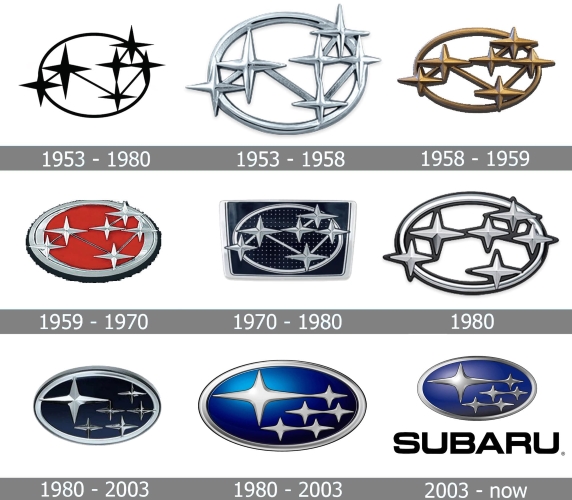
Kenji Kita decides Fuji Heavy Industries’ future lies in auto manufacturing. Without any suitable name forwarded, Kenji decides to call the new company “Subaru,” the Japanese name for the Pleiades star cluster. This star cluster is still the logo used on all Subaru cars.
And so, Subaru embarks on producing their first car, code named the P1. This car uses a French Peugeot 202 1.5 Liter, 4-cylinder in-line engine – built in Japan by Fuji.
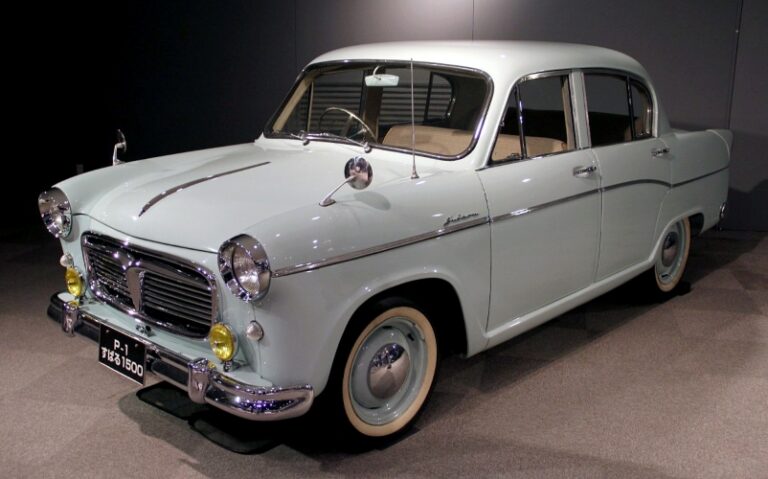
Subaru only makes around twenty of these cars in 1954. They would not make another front engine/rear wheel drive car until 2012 with the sporty BRZ. Competition from Toyota and Nissan is too stiff, and Subaru knew they would have to create a niche of their own. And they did this with the 360, the Sambar, and the 1000. These three would help carve out Subaru’s path to success in Japan, and the world.
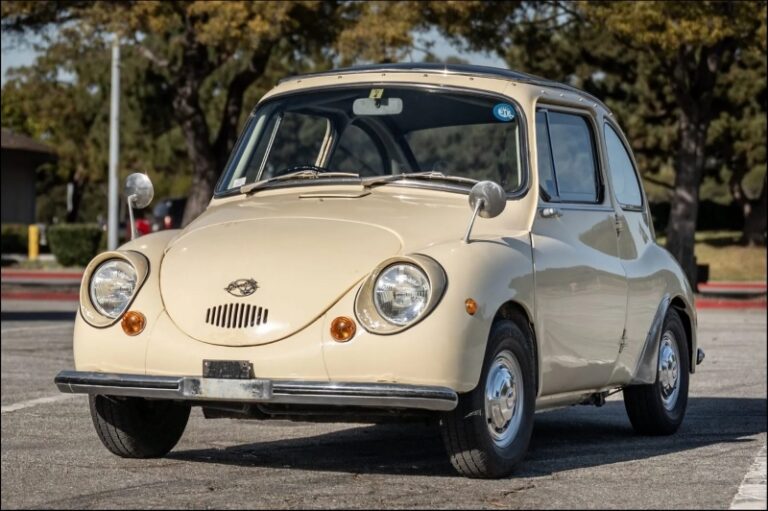
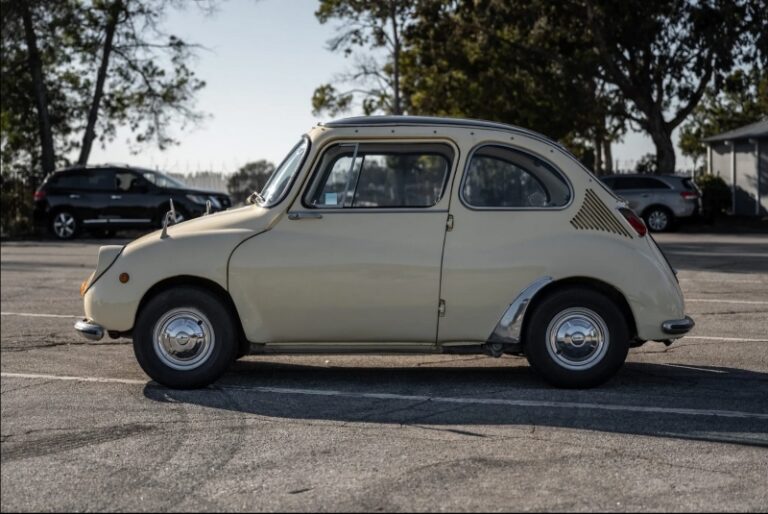
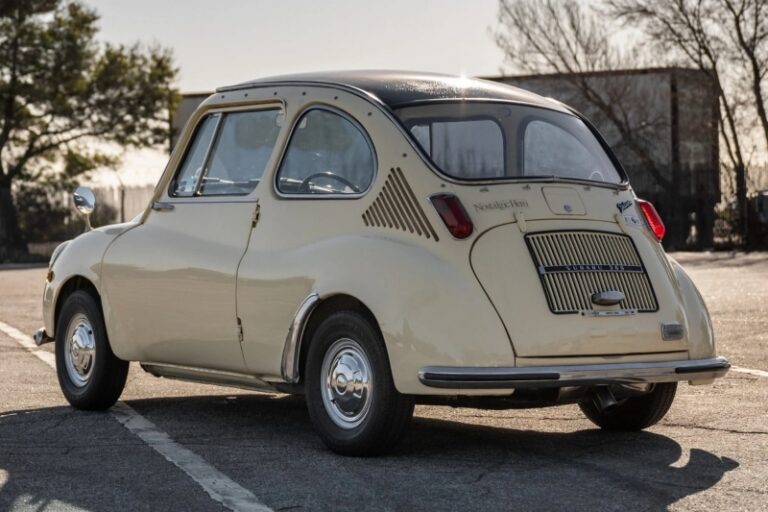
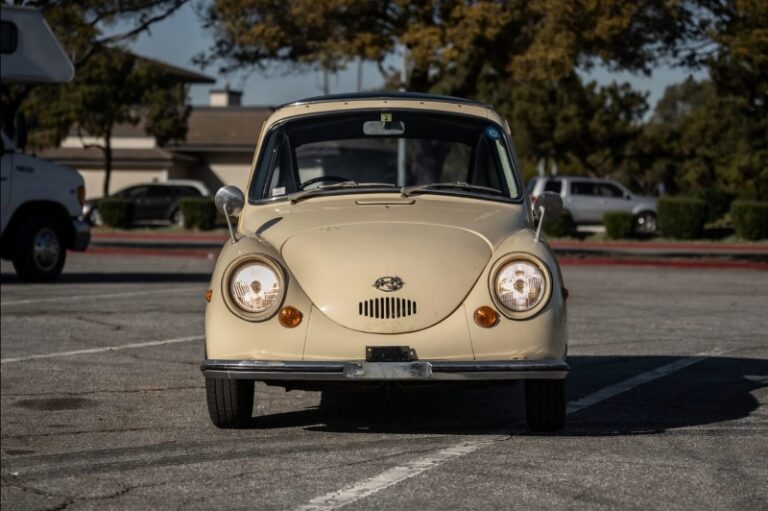
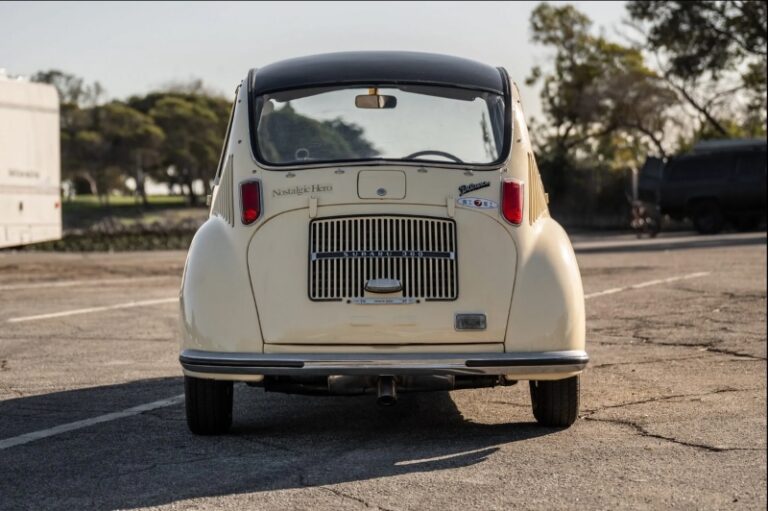
Subaru’s second auto venture is launched in 1958, and sold for over a decade right through the early 70s. It is a rear-engine Kei car, which are the smallest highway-legal microcars permitted in Japan. The 360 is powered by, yes you guessed it, a 360cc, 2 Stroke, 2 Cylinder engine, with a power output of just under 40 HP. Tiny and bulbous looking, its design cues are taken from Italian and French cars. Referred to as the “ladybug” in Japan, it only comes in a 2-door configuration. There is also a convertible version offered. Some variants are exported to the US and Australia.
Subaru / YouTube
Safety is a big concern in the US, and overheating problems in Australia leads them to lose their market share. Subaru is quick to learn from their “mistakes” and never gave up, continuing to improve.
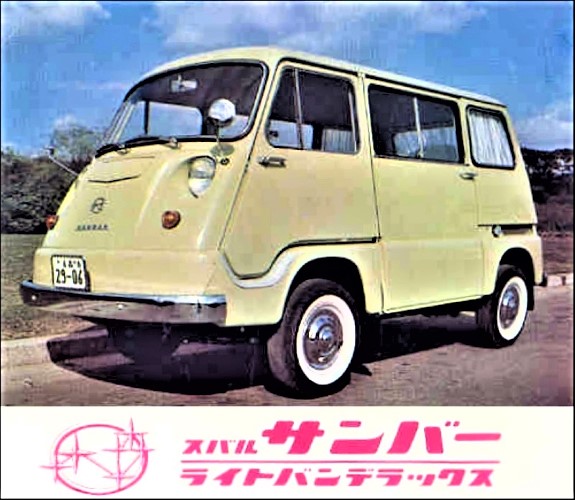
The 1961 Subaru Sambar is introduced in the Tokyo Auto Show in 1960 and is inspired from the interestingly designed Fiat 600 Multipla. Just like the 600 Multipla was a microvan version the Fiat 600, the Sambar is a “one-box” version of the 360. It is useful for camping trips, as well as carrying light commercial loads – as a pick-up.
The engine is the same as in the 360, but deft engineering is utilized to enable a vehicle of this shape – just like the Fiat 600 Multipla. There is competition from other similarly designed Japanese makes. It is very useful in Japanese city conditions, as well as the Japanese penchant for making frugal, yet efficient and practical vehicles. The eighth generation of this vehicle is still produced in Japan today.

Although the 360 and Sambar worked well for Subaru, the company is interested in making a successor to their failed 1500. In 1962, the company starts work on a front-engine successor. This would be the FF-1 or 1000, based on its engine size. Subaru decides to make the 1000 stand apart from similar offerings by their bigger domestic competitors.

They decide on a front wheel drivetrain, to maximize interior space. Subaru also studies various European horizontally opposed engines for use on the 1000. This “boxer engine” is still in use by Subaru. To increase interior space, Subaru 1000 has a bench seat in the front and the shift lever is incorporated into the steering column.
Now Subaru had arrived on the world stage. They had a car that would complete against the likes of Toyota, Nissan, Mazda, Mitsubishi, and is fit for the export market.
Subaru US Promotional Video / 1wrecksman / YouTube
Subaru cars appeared on the roads in Zambia back in the early 70s. These were the Subaru 1000. Just when we were warming up to them, and their unique look, they suddenly vanished. Who knows what happened? I’m sure it was a business decision made by Subaru. It would be a decade later before I would see a Subaru again when I came to the US. There were Subarus everywhere, and the people seemed to love them. I had to change my pronunciation of the name as per the Americans. Although, I still prefer to hear it from the Japanese.
Japanese English 101 / YouTube
The first of this version of Subaru hit the United States as the FF-1 Star in 1970. And the rest is history, as Subaru established a respectable presence in the US and North America in general.
GM’s 1st FWD Was an Outstanding Masterpiece
Have You Seen the Feel-Good Car Nissan Built?
The Sensational, Fabulous Ford Cortina
Thaps On The Cars of Our Lives